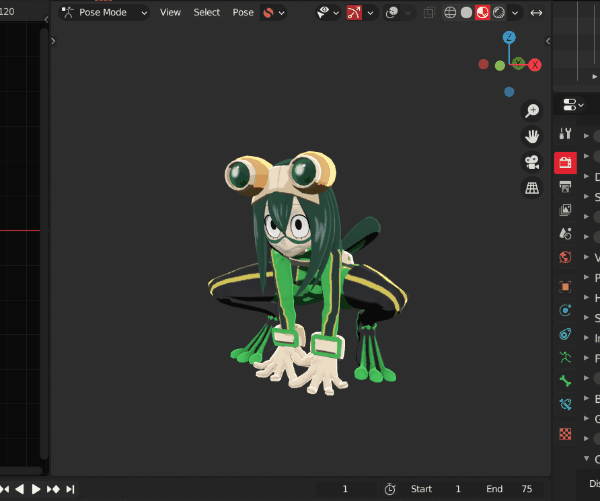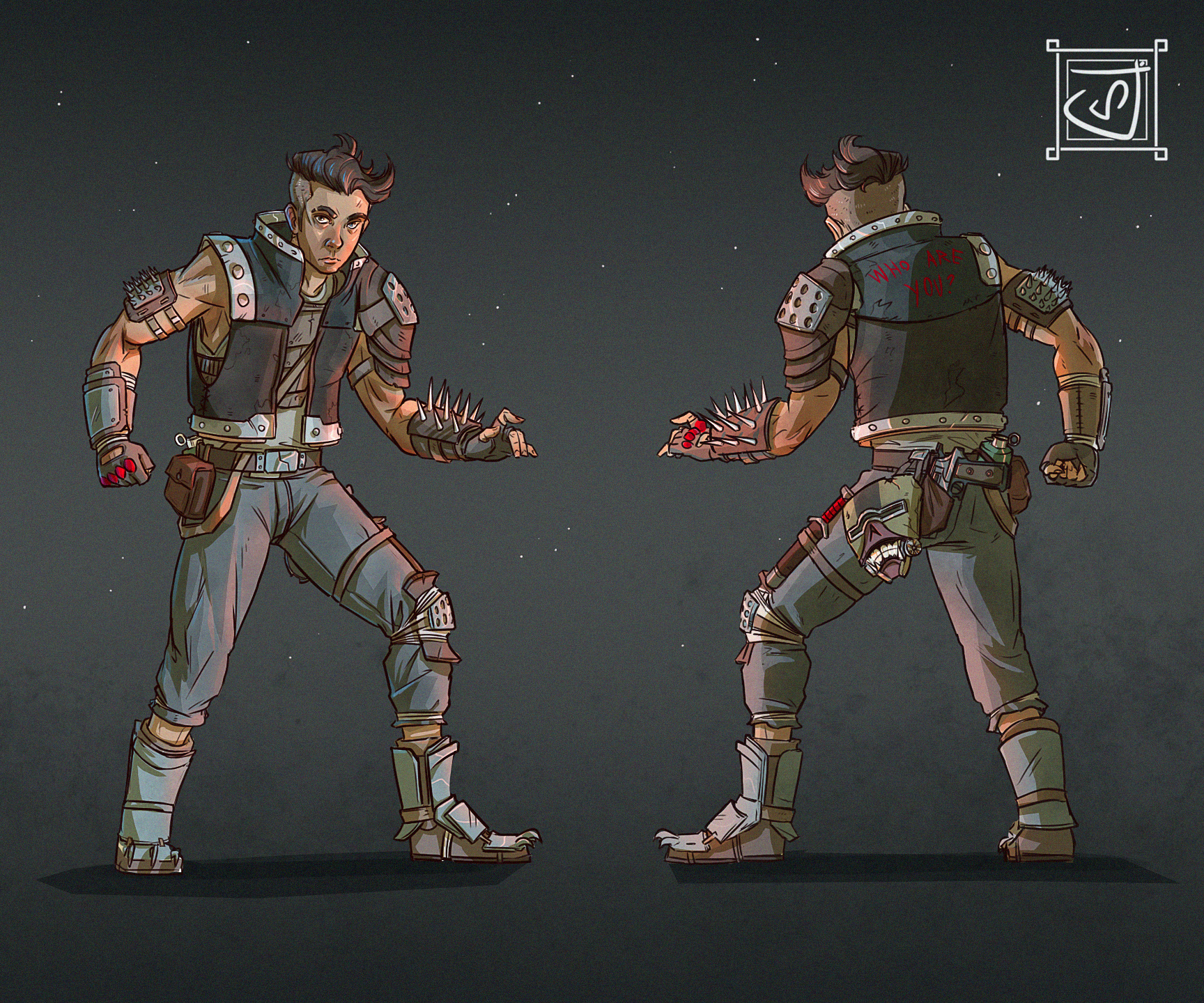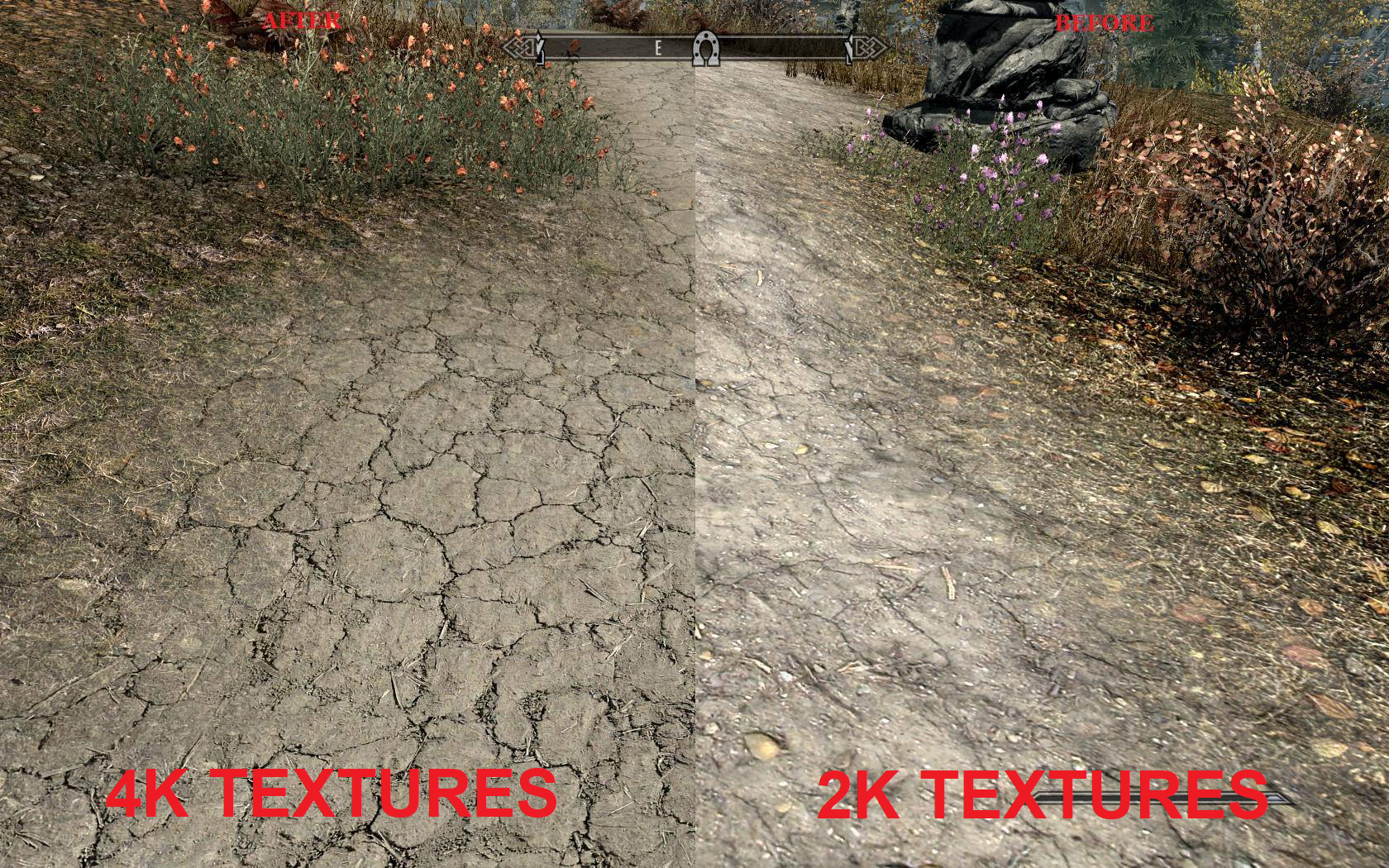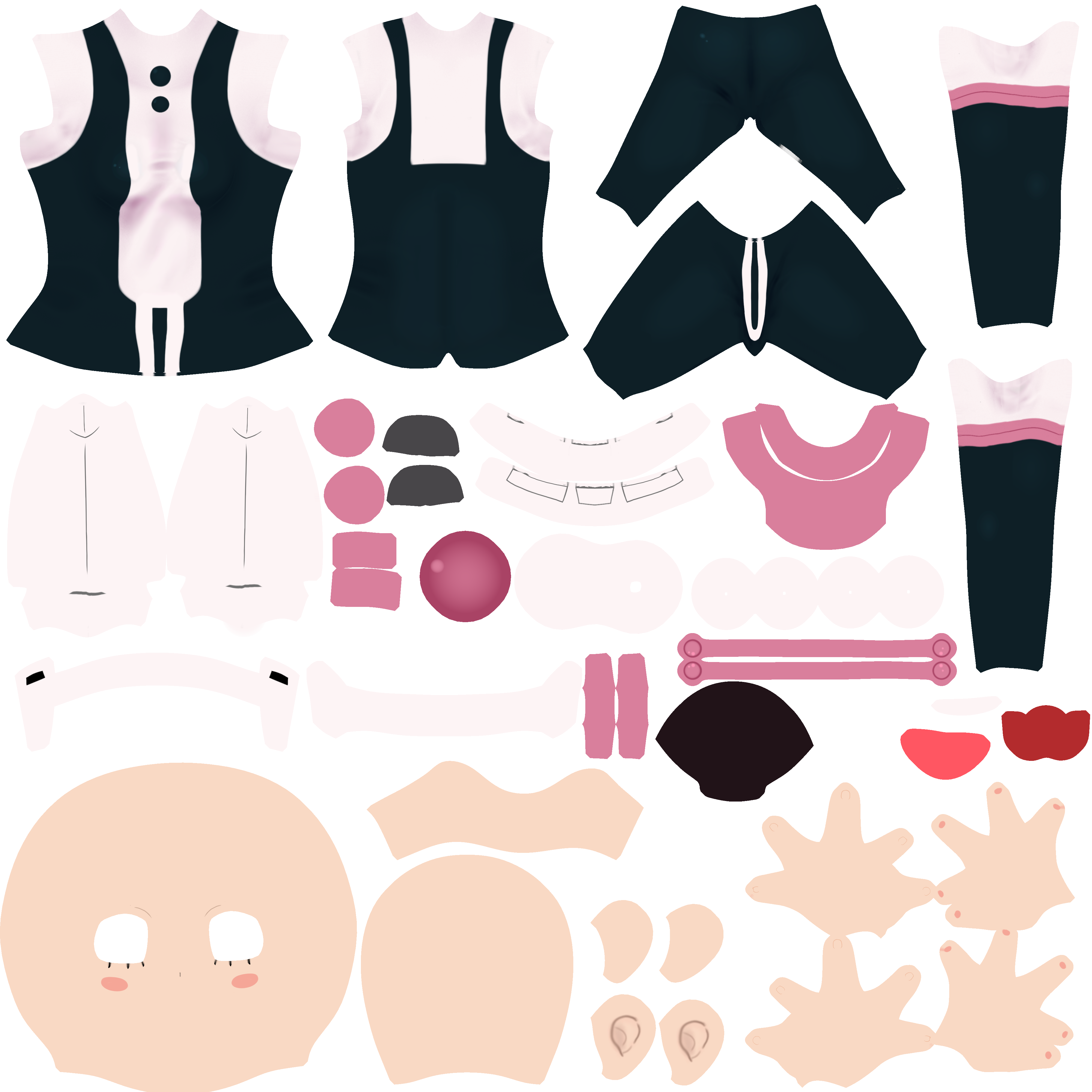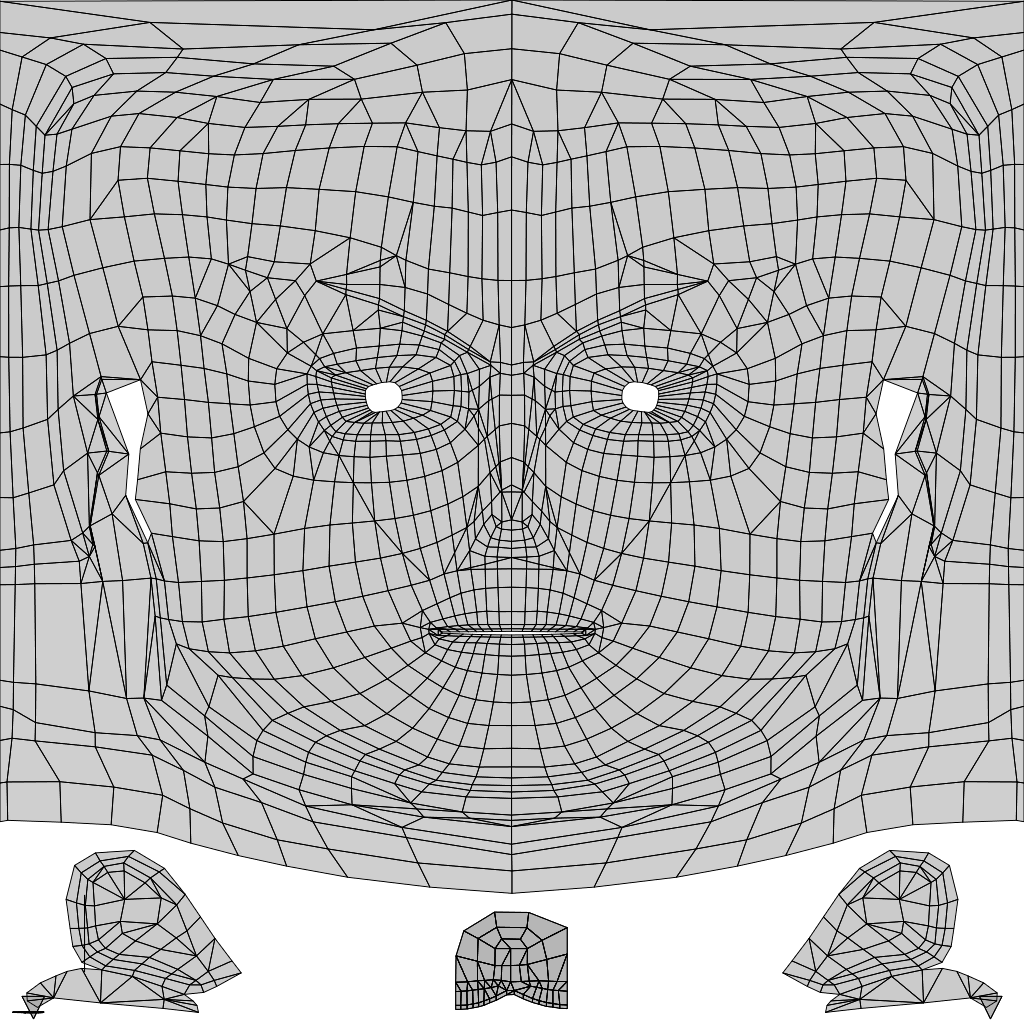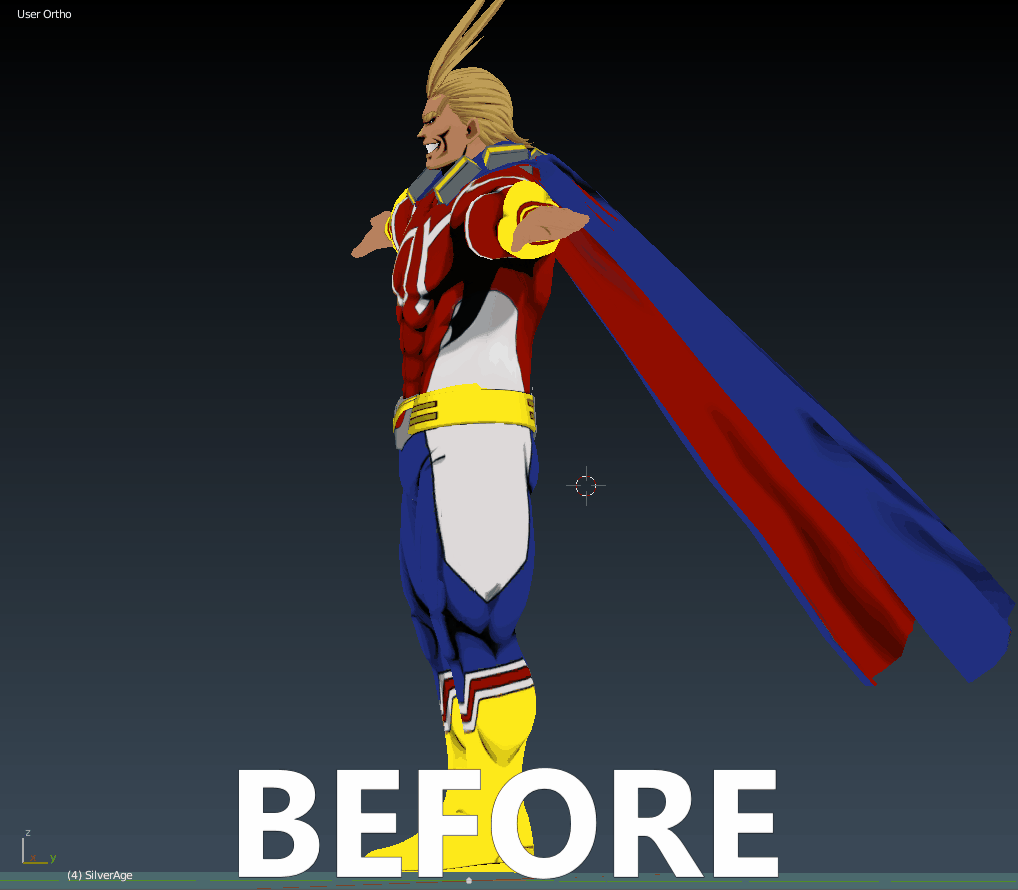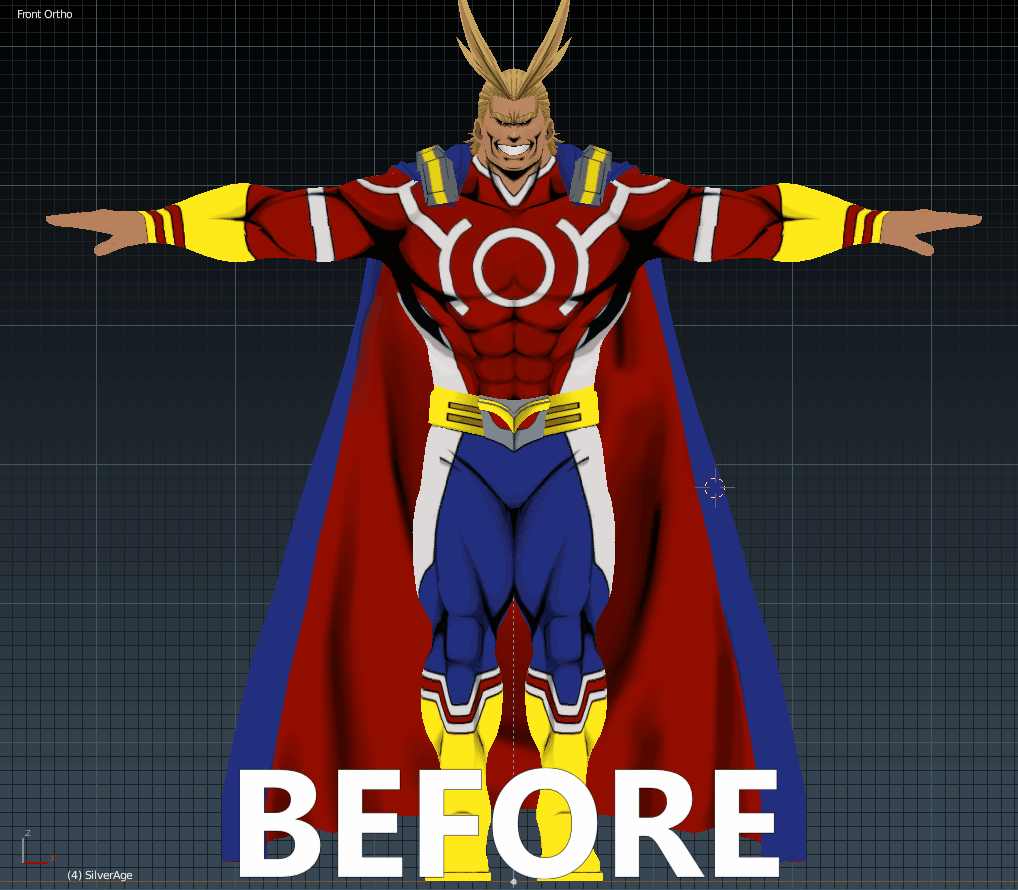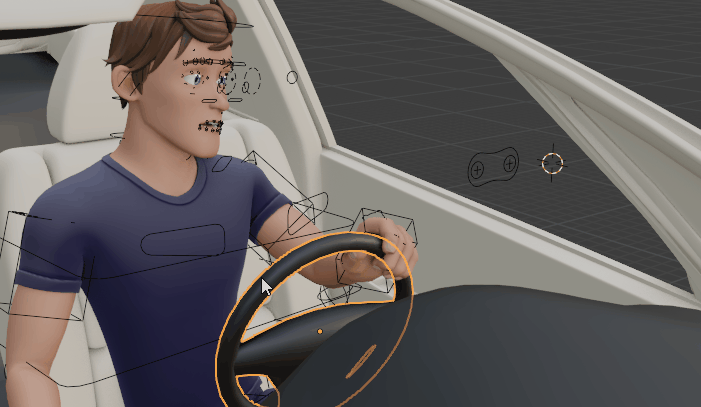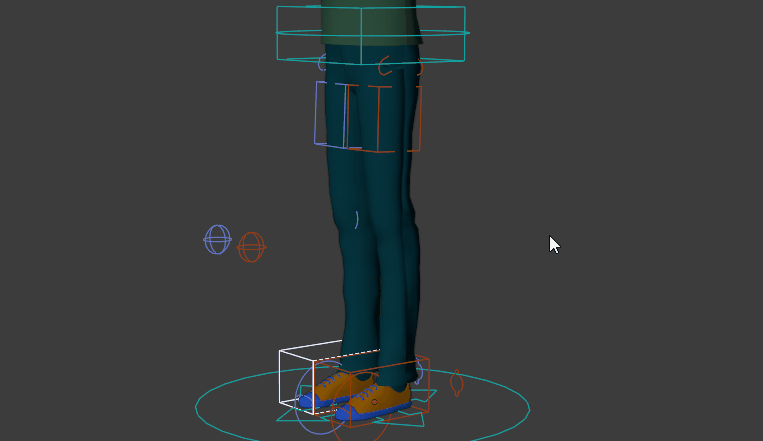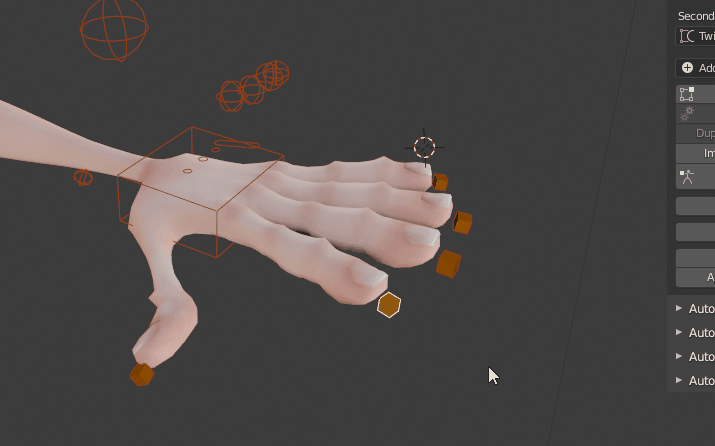The following is required, and very helpful when modeling:
- Straight-on front and side shots
- Quarter turn shots (at least one)
- One example of character shading/art-style
- This can be from an existing character (not your own) for me to reference
- In this case, I would only require basic colors for character hair, eyes, skin, accessories, clothing. Then I would match those colors to the art-style you choose


